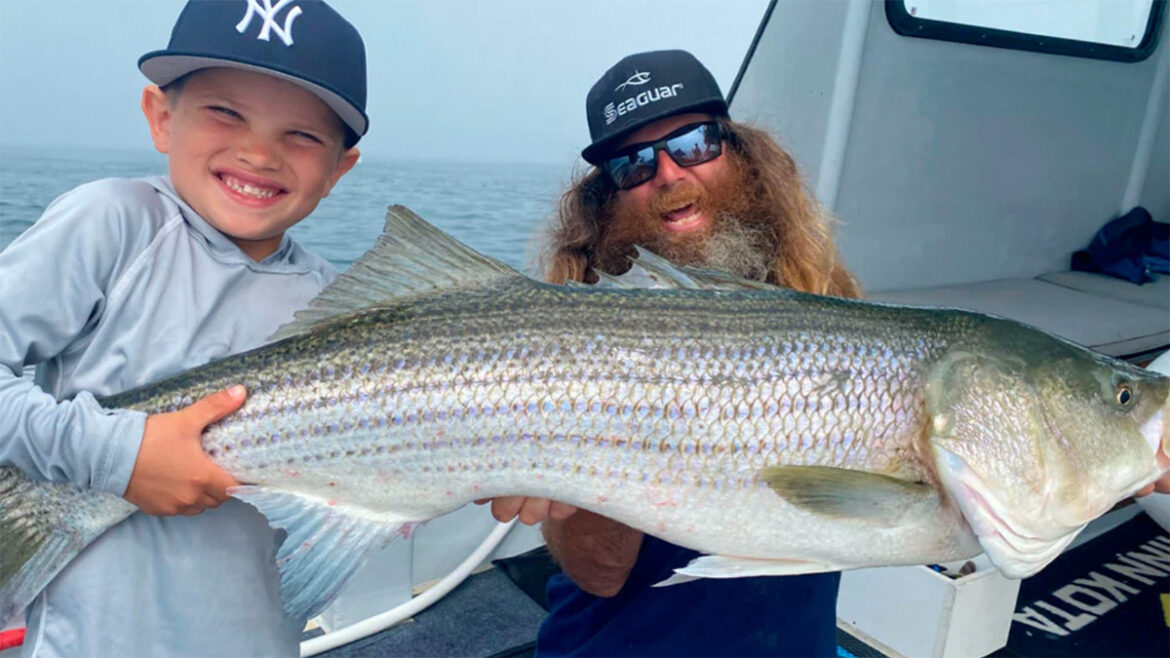The National Fish and Wildlife Foundation is kicking off a year-long celebration to mark its 40th anniversary, announcing it has surpassed $10 billion in total conservation impact with 22,000 projects supported and 11.5 million acres of wildlife habitat restored, enhanced or conserved.
The foundation has released a short video marking these milestones, which can be viewed here. From monarch butterflies to killer whales and from brook trout to elk, the thousands of projects made possible through NFWF funding have provided vital support to native species and the habitats they depend on for their very survival.
“Throughout the past four decades, the foundation has created and nurtured public-private partnerships to sustain, restore and enhance our nation’s fish, wildlife, plants, and habitats for current and future generations,” said Jeff Trandahl, executive director and CEO of NFWF. “Together with our federal, state, tribal, and private partners, we are funding projects across the nation that will create a more resilient and productive future for both wildlife and people.
“The grantee organizations we support every day are some of the most dedicated and creative groups you could hope to find, and we are so proud to play a part in their success.”
NFWF stands today as the largest private conservation grant-maker in the United States, helping to protect and preserve habitat in all 50 states and every U.S. territory. NFWF invests conservation funds through competitive grant programs designed to generate measurable results and achieved scientifically established goals. The foundation funds real-world, boots-on-the-ground projects that draw voluntary participation by landowners, community leaders, and natural resource managers across the nation.
NFWF does not fund advocacy or litigation, and it does not conduct membership campaigns. In fiscal year 2022, NFWF invested 97 percent of its revenue into conservation programs, and only 3 percent on management and fundraising.







